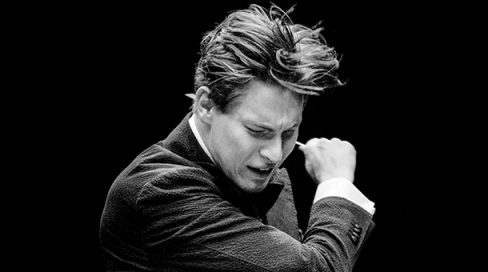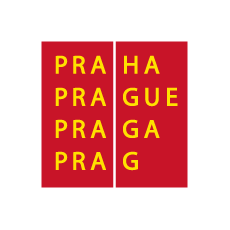KLAUS MÄKELÄ – EXPERIMENTS AND THRILLING MUSICAL MOMENTS
By Aksel Tollåli, Oslo
The fi rst time I saw Klaus Mäkelä conduct was not in Oslo, but in Stockholm. I was there covering the Baltic Sea Festival in 2019, where he was conducting the Swedish Radio Symphony Orchestra. Mäkelä, then 23, had been appointed principal guest conductor by the orchestra two years earlier, its youngest-ever appointment. In 2018, the then 22-year-old had been announced to take over as chief conductor of the Oslo Philharmonic, following Russian conductor Vasily Petrenko. He had only conducted one concert with the orchestra when the announcement came, much to the surprise of everyone.
It was with a great deal of excitement, then, that I sat down in Berwaldhallen – the concert hall of the Swedish Radio – for an eclectic mix of early 20th century repertoire: Zemlinsky’s headily gargantuan Die Seejungfrau, flanked by Bloch’s earnestly austere Schelomo and Debussy’s splashy La Mer. I was particularly taken with Mäkelä’s way with sound, elegantly shaping the orchestral bombast of Die Seejungfrau, and achieving musical weightlessness in the lyrical finale.
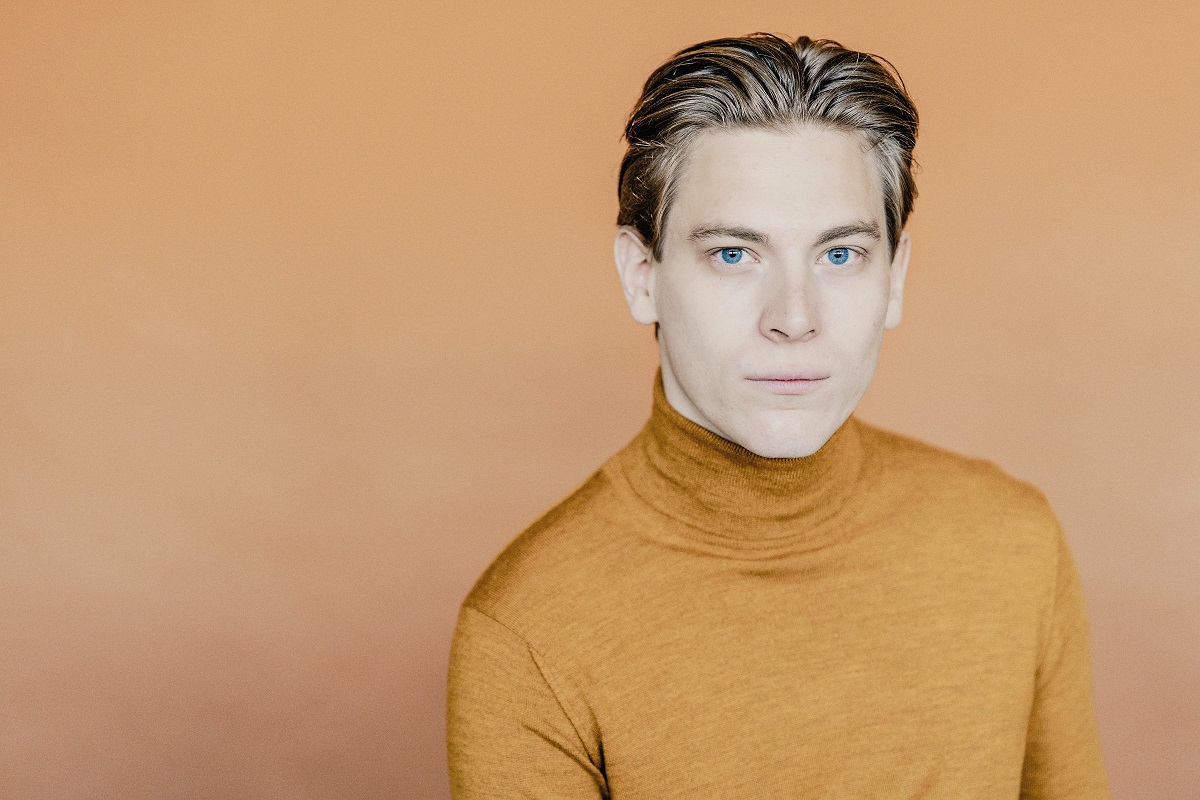
Getting to know one another
There seems to be something about Finnish conductors. For a country of just over 5 million people, they are astonishingly well represented at the helms of orchestras in Europe and America. Four out of the Oslo Philharmonic’s seventeen chief conductors have been Finnish, going back to its fi rst music director Georg Schnéevoigt (1919–1921), who shared the post with the Norwegian Johan Halvorsen and the Polish Ignaz Neumark. In later years, Okko Kamu (1975–1979) and Jukka-Pekka Saraste (2006–2013) have also held the post. Upon leaving, Saraste was appointed Conductor Laureate of the orchestra.
There are many reasons for this Finnish dominance of the classical music world, but one of the main ones is the proliferation of professional orchestras around the country. According to the Finnish Association of Symphony Orchestras, there are a total of 14 professional symphony orchestras, as well as another 16 smaller, professional ensembles. A rigorous music education system also helps. Then, there is the conductor and teacher Jorma Panula, who has taught generations of Finnish conductors, including Esa-Pekka Salonen, Dalia Stasevska, Mikko Franck, Osmo Vänskä and Klaus Mäkelä.
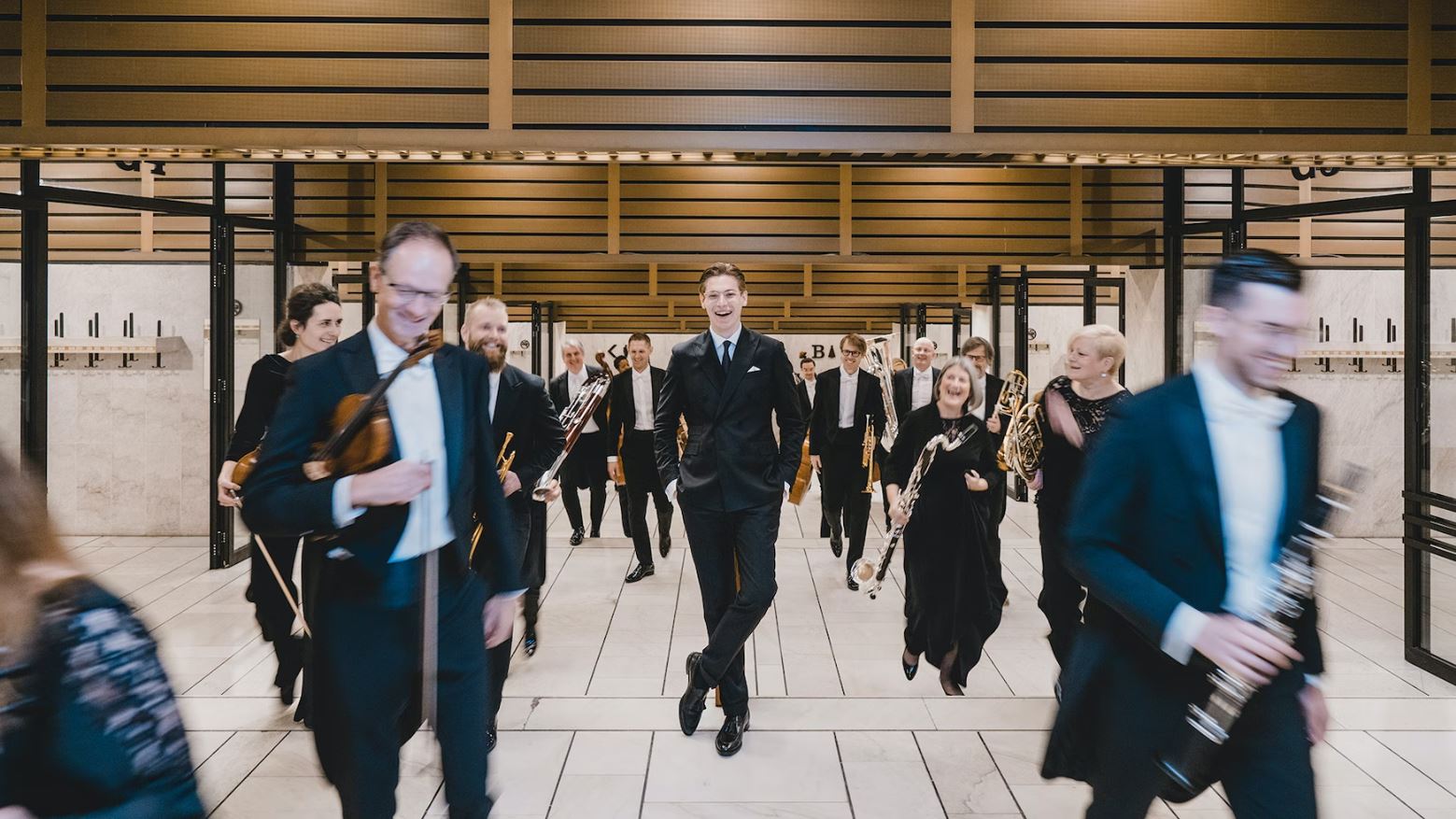
Even though he was only 24 when he took on the chief conductor post in Oslo, Mäkelä still came to the job with great experience, both as a musician – a cellist – and a conductor. He had been studying conducting since before he was a teenager and playing the cello for even longer. Still, he did have a diffi cult start to his tenure, taking over a few months into the Covid-19 pandemic. Oslo and Norway would spend the next year and a half going in and out of lockdown, with severe restrictions on performances and audience sizes. His fi rst concert as music director, in August of 2020, was held to an audience of 200, in the 1400-seat auditorium of the Oslo Concert House.
Still, both he and the orchestra stayed busy: in addition to a series of video performances which were released to the public, they recorded all of Sibelius’ symphonies and the late tone poem Tapiola for Decca Classics. It has taken a while for Oslo audiences to get to know Mäkelä, at least in the concert hall. Most of his fi rst season, as well as large swathes of his second, had to be cancelled because of Covid restrictions. Now in his third season, with all restrictions lifted, he has proved remarkably popular, both with the orchestra and audiences. There are many possible reasons to point to for this popularity. One could, for example, argue that the lack of public performances during his fi rst years in Oslo let him and the orchestra form a relationship largely out of earshot from audiences and critics. It certainly seems like he knows the strengths and weaknesses of the orchestra remarkably well, and in return, they play extremely well for him. He regularly manages to transcend the cardboard box acoustics of the Oslo Concert House, a feat only rarely attained by other conductors.
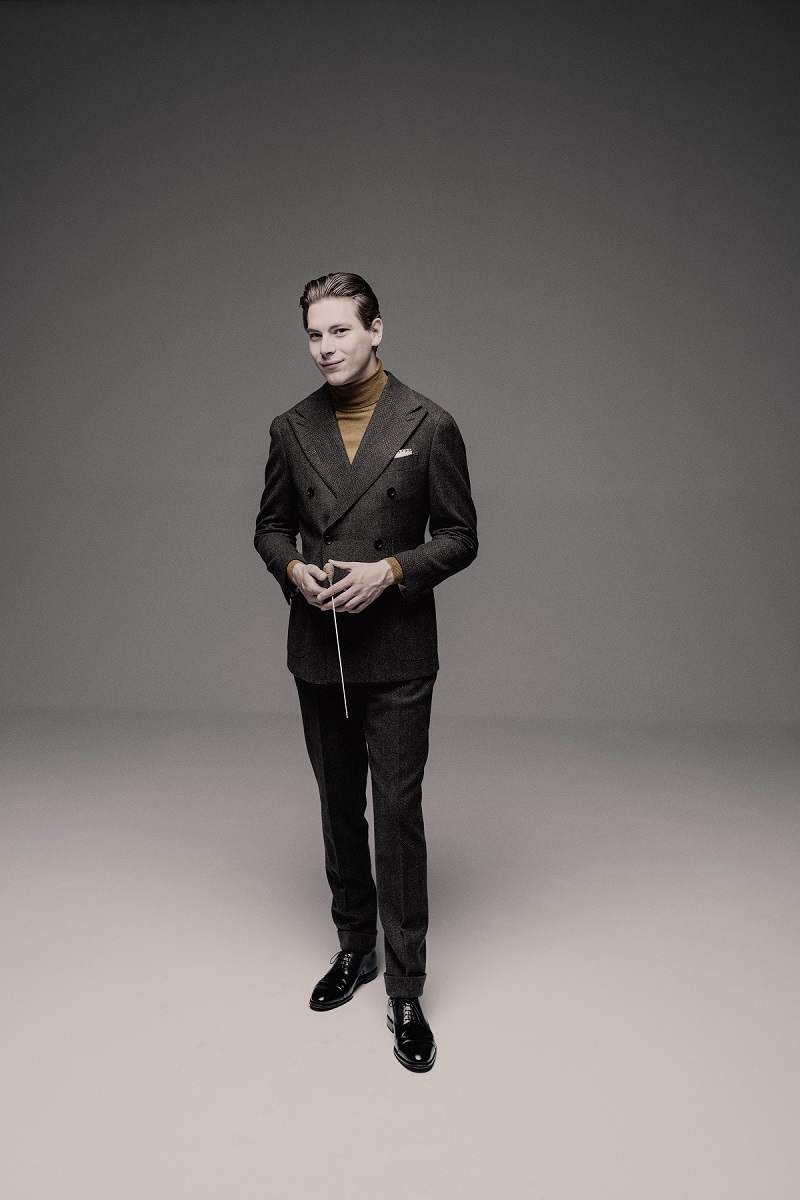
Explorations of the (un)known
One of the fi rst things that struck me about Mäkelä was his willingness to experiment. Even in familiar repertoire, he is not afraid to take chances, even though he does not always succeed. Phrases might be stretched and bent in new and interesting ways, and whole instrument groups may be moved around to change the ensemble sound in some manner. At their best, these musical explorations can open up a piece in new and revelatory ways; even when they do not, they always prove interesting. At his best, there is a keen sense of curiosity to his music-making, like the overwhelmingly triumphant performance of Mahler’s Symphony No. 1 that ushered in the 2020/2021 season, Mäkelä’s only public concert in Oslo that season. He imbued the opening movements with an almost naïve optimism and transcendent bliss, before unexpectedly and violently lunging the orchestra and audience into the abyss of the fourth movement. What followed was a remarkably thrilling orchestral battle, ending with blazing strings and standing horns, a brief moment of triumph before the realities of the outside world set in.
Mäkelä’s programming choices are also remarkably varied, frequently presenting surprising and enlightening combinations of pieces, often from wildly different time periods. A programme from the current season pits Stravinsky’s Momentum pro Gesualdo and Strauss’s Aus Italien against a violin concerto by Pietro Locatelli and motets by Gesualdo, sung by the Norwegian Soloists’ Choir. A personal favourite from the 2020/2021 season, which was sadly cancelled, was a programme where Henri Dutilleux’s intensely colourful Métaboles and Anna Thorvaldsdottir’s swirlingly oppressive Metacosmos were paired with the equally colourful and swirling combination of Ravel’s La Valse and Johann Strauss Jr.’s An der schönen, blauen Donau. The music he programmes is a mix of canonical stalwarts and more unknown fare, albeit with few true rarities. Instead of bringing about musical revolution, his process feels like a gradual widening of the core orchestral repertoire.

Contemporary music also plays a large role in his programming, with late 20th and 21st century works appearing more frequently. This speaks to a shift in attitude in the orchestra and audience that has been occurring over the last few decades. Mäkelä has repeatedly spoken about the importance of programming new music to invigorate what can easily become a staid and complacent classical music scene.
His repertoire choices also tend to play to the orchestra’s strengths. In the last decades, the core repertoire of the Oslo Philharmonic has moved forward to the fi rst half of the 20th century. This can be traced back to the storied tenure of Mariss Jansons (1979-2002), when the orchestra started to make a name for itself performing music by Mahler and Tchaikovsky in particular. The centrality of Mahler has remained, particularly under Saraste and Mäkelä’s predecessor Vasily Petrenko, who also championed music by Scriabin and Shostakovich. While this development can be seen in orchestras throughout the world, the Oslo Philharmonic does have an affi nity for playing these lush scores written for large forces. Under Mäkelä, the scope of this repertoire seems to be widening, although Mahler still looms very large. Still, composers like Bartók and Sibelius are receiving more frequent and systematic outings, especially considering the complete Sibelius symphony cycle of Mäkelä’s first season (planned, but sadly cancelled) and subsequent recording
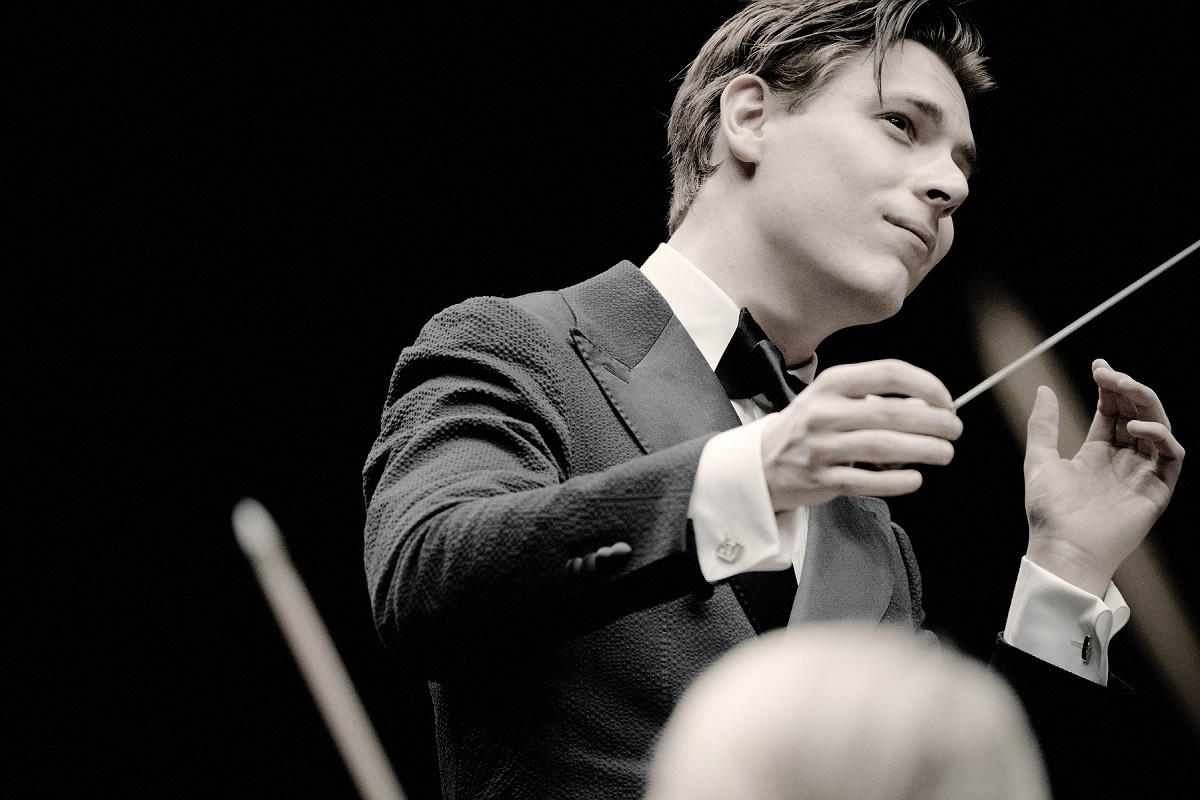
Elegant restraint and symphonic earthquakes
Another reason for Mäkelä’s popularity in Oslo – indeed, the biggest one – is his conducting itself. Eclectic programming can only take one so far if the music is not performed convincingly and interestingly. Luckily, Mäkelä does conduct with great conviction and even when I personally disagree with his artistic choices, his interpretations always leave me with something to think about. There is a natural musicality to his conducting, with an understated elegance and carefully considered movements that often resemble dance. I fi nd there to be a great openness in his conducting, welcoming committed performances from the players, but at the same time maintaining the necessary authority over the orchestra.
Mäkelä has a way with creating musical moments. He seems to always be present in the music as it unfolds, shaping individual phrases and sections with often thrilling results. This granular approach allows for a wonderful spontaneity in his music-making, although it sometimes means he loses sight of the overall form of a piece. Still, these thrilling sections can often go a long way towards making up for missing formal coherence. There is also an economy of movement to his conducting, which results in very precise playing from the orchestra, but also allows him to unleash enormous tidal waves of sound. The opening of a recent performance of Mahler’s Symphony No. 5 was a veritable symphonic earthquake.
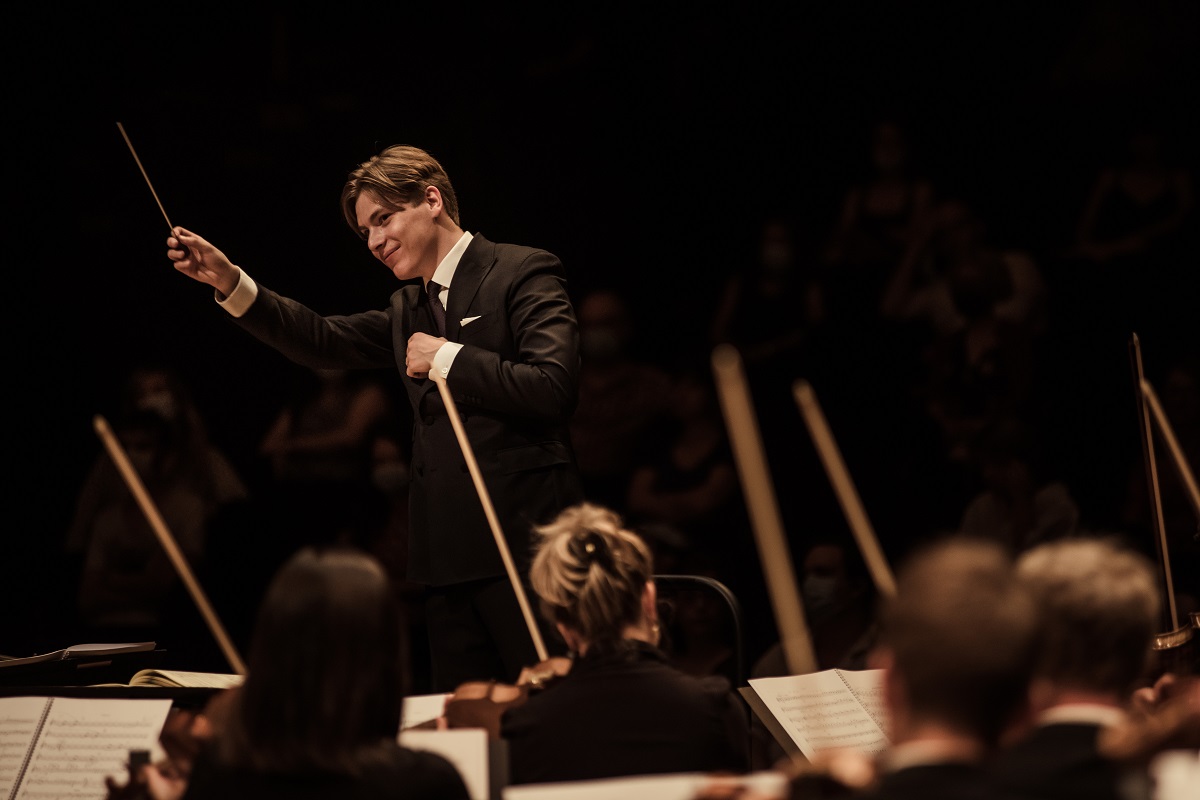
I still fi nd it remarkable how a conductor can make an orchestra play together like Mäkelä does. The fact that he is still in his mid-twenties makes it even more incredible. Klaus Mäkelä seems poised to take over the classical music world before long, with current appointments in Oslo and Paris, and with the Concertgebouw Orchestra in Amsterdam waiting in a few years. Even now, he shows himself as a sensitive musician who is unafraid to take chances, even if he does not always succeed. His artistic and musical ambitions show a conductor with incredible potential. Considering what he’s already achieving now, I can’t help feeling excited about the future.


